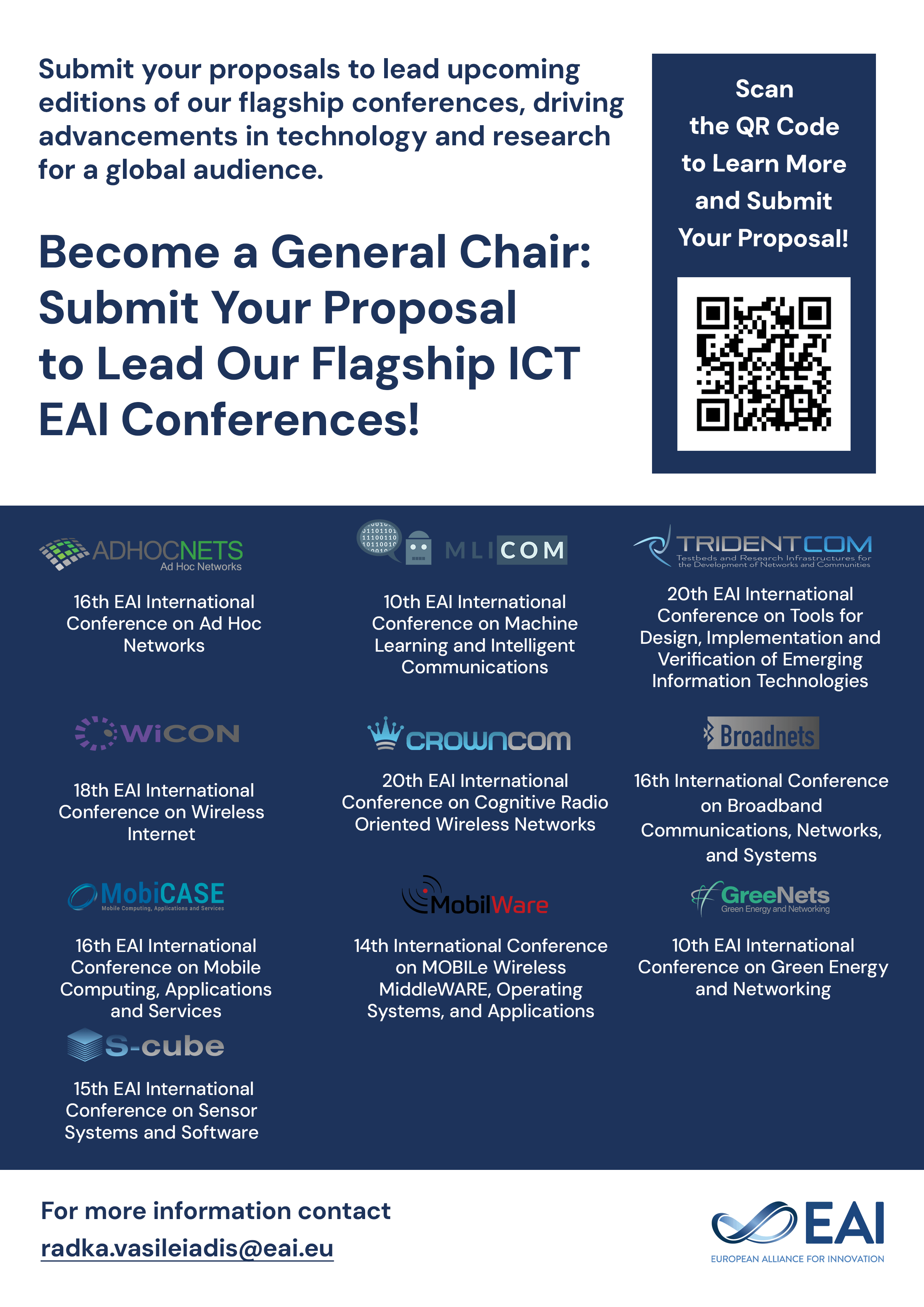
Research Article
Cognitive assessment of executive functions using brain computer interface and eye-tracking
@ARTICLE{10.4108/trans.amsys.01-06.2013.e4, author={P. Cipresso and P. Meriggi and L. Carelli and F. Solca and B. Poletti and D. Lul\^{e} and A.C. Ludolph and V. Silani and G. Riva}, title={Cognitive assessment of executive functions using brain computer interface and eye-tracking}, journal={EAI Endorsed Transactions on Ambient Systems}, volume={1}, number={01-06}, publisher={ICST}, journal_a={AMSYS}, year={2013}, month={3}, keywords={cognitive assessment, executive functions, brain computer interface, eye-tracking.}, doi={10.4108/trans.amsys.01-06.2013.e4} }- P. Cipresso
P. Meriggi
L. Carelli
F. Solca
B. Poletti
D. Lulé
A.C. Ludolph
V. Silani
G. Riva
Year: 2013
Cognitive assessment of executive functions using brain computer interface and eye-tracking
AMSYS
ICST
DOI: 10.4108/trans.amsys.01-06.2013.e4
Abstract
New technologies to enable augmentative and alternative communication in Amyotrophic Lateral Sclerosis (ALS) have been recently used in several studies. However, a comprehensive battery for cognitive assessment has not been implemented yet. Brain computer interfaces are innovative systems able to generate a control signal from brain responses conveying messages directly to a computer. Another available technology for communication purposes is the Eye-tracker system, that conveys messages from eye-movement to a computer. In this study we explored the use of these two technologies for the cognitive assessment of executive functions in a healthy population and in a ALS patient, also verifying usability, pleasantness, fatigue, and emotional aspects related to the setting. Our preliminary results may have interesting implications for both clinical practice (the availability of an effective tool for neuropsychological evaluation of ALS patients) and ethical issues.
Copyright © 2013 Cipresso et al., licensed to ICST. This is an open access article distributed under the terms of the Creative Commons Attribution licence (http://creativecommons.org/licenses/by/3.0/), which permits unlimited use, distribution and reproduction in any medium so long as the original work is properly cited.


